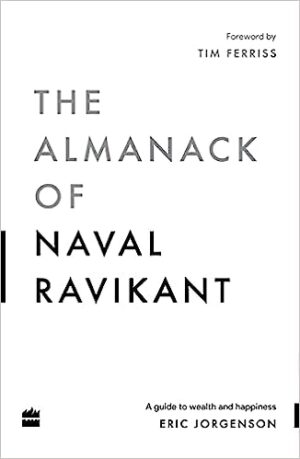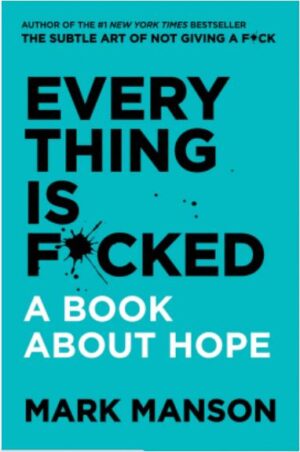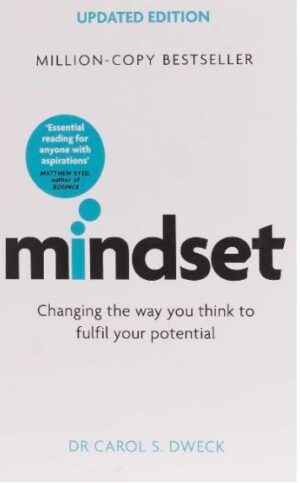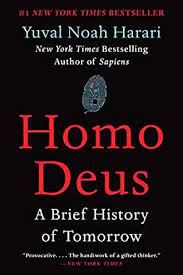“Written and illustrated by Sui Ishida, ‘Tokyo Ghoul:re’ is a Japanese manga series that serves as a sequel to the original ‘Tokyo Ghoul’ manga. This summary provides an overview of the ‘Tokyo Ghoul:re’ storyline:
The events of ‘Tokyo Ghoul:re’ unfold two years after the occurrences in the original ‘Tokyo Ghoul.’ The narrative revolves around Haise Sasaki, a youthful investigator affiliated with the CCG (Commission of Counter Ghoul). This organization is dedicated to tracking down Ghouls, supernatural beings that consume human flesh.
Haise Sasaki is a unique character, embodying Ken Kaneki, the central figure from the original series, who suffered memory loss and received new memories following a traumatic incident. Leading the Quinx Squad, a team of investigators surgically augmented with Ghoul abilities, Haise finds himself facing a challenging task.
The story follows Haise/Ken as he grapples with the duality of his identity, torn between his responsibilities as an investigator and the remnants of his past life as a Ghoul. He also confronts the complexities of his connection to Ghouls he once empathized with. The narrative delves into themes of political maneuvering, internal power struggles within the CCG, and the intricate dynamics between human and Ghoul populations.
Throughout the narrative, both familiar and new characters emerge, unveiling progressively deeper conspiracies that involve both Ghouls and humans. The story’s core themes include questions of identity, morality, and the ambiguous line between good and evil. It also delves into the emotional and psychological challenges faced by various characters as they navigate a world rife with hazards and ethical uncertainties.
‘Tokyo Ghoul:re’ guides readers through a complex and shadowy realm, where the boundaries dividing humans and Ghouls are examined, and allegiances and motivations frequently remain enigmatic. The series culminates in resolving various storylines and character trajectories, providing readers with closure for the conflicts that have been intensifying throughout the narrative.”







